Archive for the ‘Sathya Sai Speaks’ Category
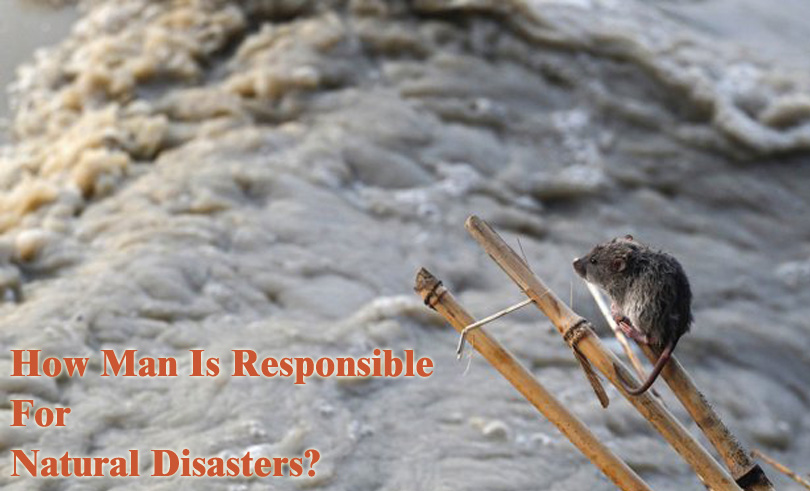
Man’s Misbehaviour & Natural Disasters
Wednesday, June 26, 2013
With India reeling under the disastrous effect of the Uttarakhand Tragedy, of natural disaster, it is prudent to listen to what Bhagawan had spoken about man, his responsibilities towards nature and the cause of natural disasters…Extracted from the Divine Discourse delivered on 13 February 1997. read more »
Posted in Discourses, Sathya Sai Speaks

Omkara…
Friday, May 31, 2013
“Om ithyekaksharam Brahma, the single letter OM is Brahman Itself, said Bhagawan explaining the purport and supreme significance of the Pranava Mantra. What does the Mantra stand for and what are its special significance. Bhagawan explained the same in a Divine discourse delivered on 1 October 1984 at the Poornachandra Auditorium in Prasanthi Nilayam. read more »
Posted in Discourses, Sathya Sai Speaks
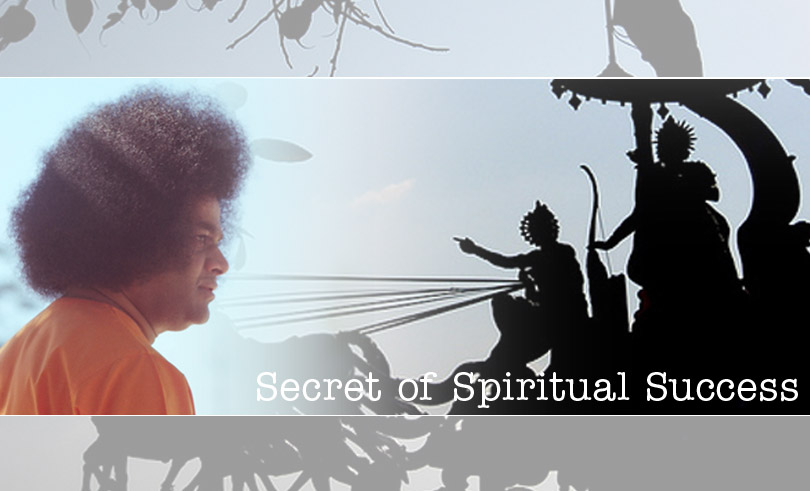
Secret of Spiritual Success
Friday, May 10, 2013
Defining His Avataric mission, dividing His mission into 16 years apiece with defined tasks, Bhagawan, delivering His ‘first public Divine Discourse said: …”not that I Am determined to exclude leela and mahima from My activity after that…. I only mean that re-establishing Dharma, correcting the crookedness of the human mind and guiding humanity back to Sanathana Dharma will be My task thereafter. Read on… read more »
Posted in Divine Foot Prints, Lessons From The Epics, Sathya Sai Speaks
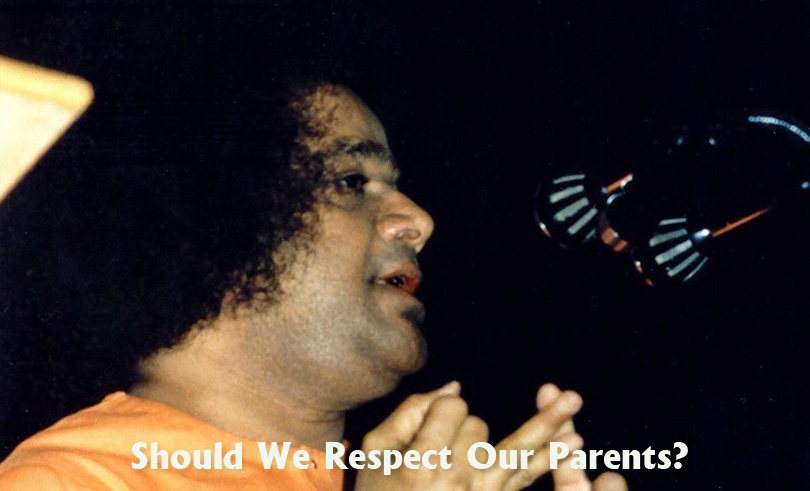
Should We Respect Our Parents?
Wednesday, April 10, 2013
Bhagawan has time and again stressed on the supreme significance of serving one’s own parents, especially when they turn old. As you sow so you reap…as you take care of your parents, you will be taken of by your chilren…says Bhagawan narrating a beautiful tale. read more »
Posted in Sathya Sai Speaks

Baba Answers…
Monday, April 8, 2013
Is there any quick-fix with Bhagawan to cure the ‘ill-afflicted’ world? Why does not He cure it by His mere sankalpa? …and are rich and poor alike in His presence? What is it that makes life worth living?…Bhagawan answers to a barrage of questions posed to Him by a Marxist editor of an Indian Newspaper. From the book ‘Sai Baba – The Embodiment Of Love’ by Peggy Mason and Ron Laing. read more »
Posted in Sai Spiritual Showers, Sathya Sai Speaks
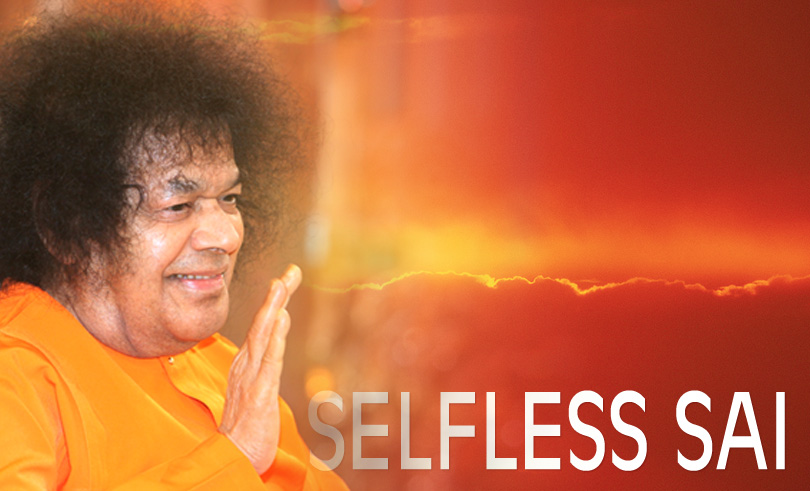
Selfless Sai…
Tuesday, January 15, 2013
Man is not qualified to evaluate and judge His actions…all that He does is without any trace of selfishness, aimed at the larger good, be it for an individual, society or humanity or entire creation…He does it and it should be human to accept Him in totality…How He took upon Himself something disastrous of great proportions, attributing the same as if to ‘save one student’…He does it silently, without any publicity all out of His abundant love for His own creation…Bhagawan Himself narrates the famous incident during Sports Meet 1999. read more »
Posted in Discourses, Indelible Impressions, Sathya Sai Speaks
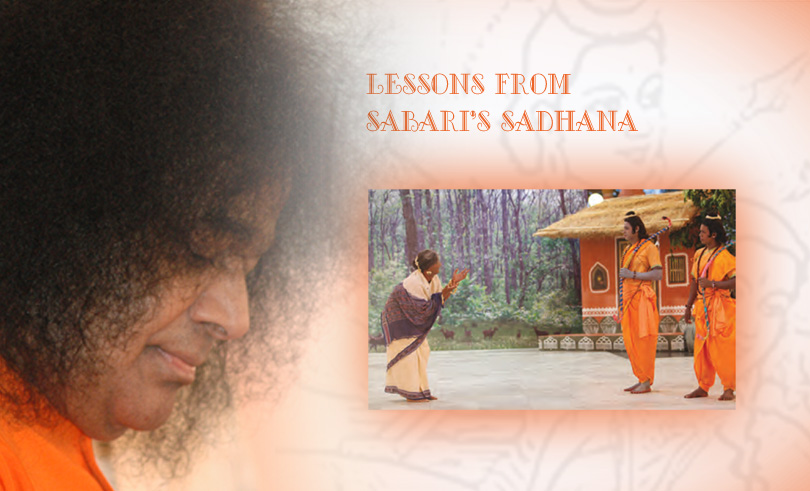
Lessons From Sabari’s Sadhana…
Wednesday, July 18, 2012
Sabari, the aboriginal character in the epic Ramayana is a great celebrity in the world of devotees as she epitomised highest sadhana with her pure unsullied love for Her Beloved Lord Sri Ramachandra. An aboriginal woman she was, Sabari grew curious after she heard of Lord Rama and His proposed visit to Sage Matanga’s hermitage, during Rama’s sojourn in the forest. Ever-since she remained God-intoxicated thinking of Rama alone, desiring for His darshan. Narrating this beautiful story, Bhagawan urges His devotees to take a cue from the illustrious life of this devotee of His Treta Avatar and attain the Ultimate. read more »
Posted in Lessons From The Epics, Sadhana - The Inward Path, Sathya Sai Speaks, Storytime With Baba
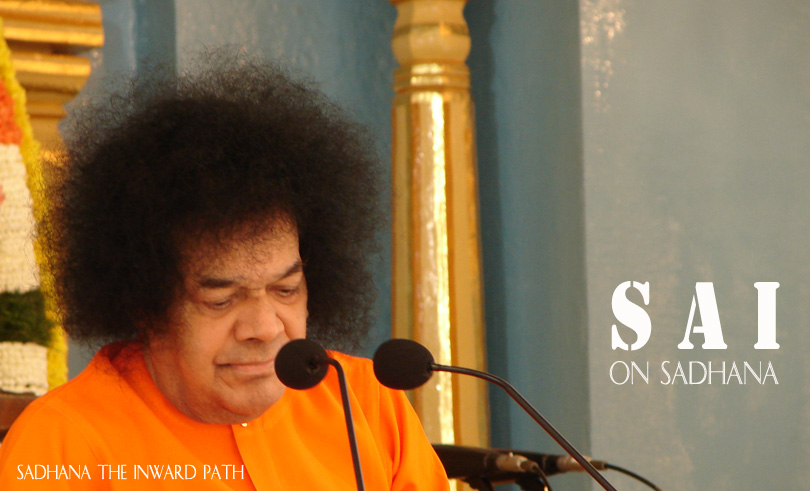
Sai on Sadhana…
Tuesday, July 10, 2012
Sadhana or Spiritual Exercise is the Inward Path to Divinity. Man, while traversing his spiritual journey often fumbles, failing to understand the purport of the term ‘Sadhana’ to the fullest extent. What does the term “Sadhana” means and what are the intricacies related to it? Here is a conversation between man and God, wherein Bhagawan answers to a barrage of questions from a western seeker, elevating him to newer vistas of understanding of the purport of “Sadhana”.
Posted in Sadhana - The Inward Path, Sathya Sai Speaks
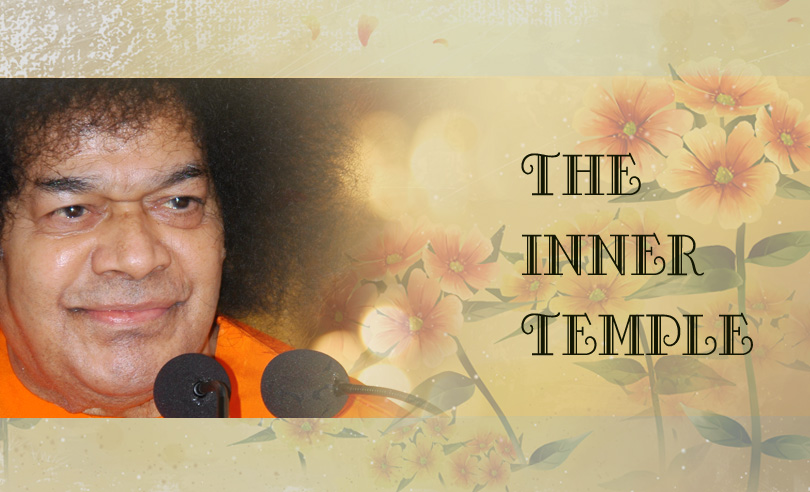
The Inner Temple…
Wednesday, May 23, 2012
All that He whispered, all that He uttered and all that He declared are nothing but Truth…Sathya Sai Speaks series have been His supreme benediction to humanity, extemporaneous words of Wisdom for man to listen and follow. Read on such a Divine Discourse with rare sparks of Divine Wisdom, delivered at Puttaparthi’s neighbouring town – Bukkapatnam on 18th July 1961, where Little Sathya had His initial education. read more »
Posted in Sathya Sai Speaks


